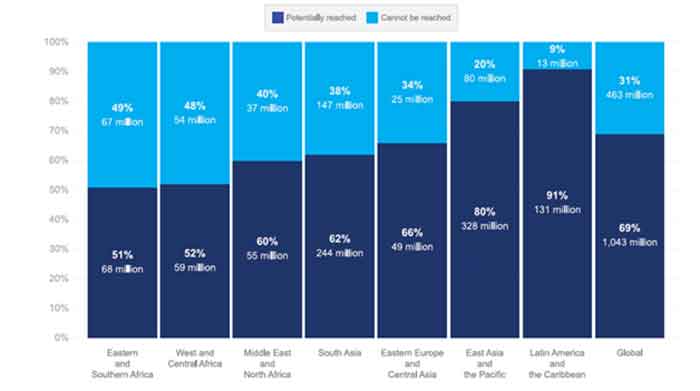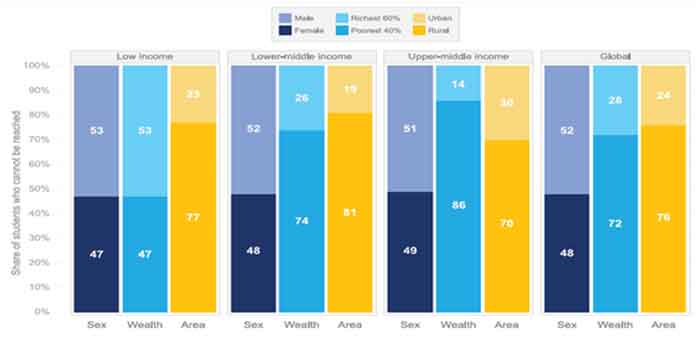Binoy Kampmark
Warring over fish in the twenty-first century might seem an unlikely proposition. But the deployment of four Royal Navy ships to deter European fishing vessels from encroaching on British waters in the event of a no-deal Brexit has tongues wagging. The prospects of a trade pact between the EU and UK by the end of this month are becoming cold and remote. This much has been admitted by the UK Prime Minister, Boris Johnson, and his EU counterpart, Ursula von der Leyen.
A key contention between the parties is the issue of fishing. Access to British waters by European nations is a long affair that prompted the late diplomat Sir Con O’Neill to remark that, “The question of fisheries was economic peanuts, but political dynamite.” Eight European member states who fish in British waters are demanding that Britain, despite Brexit, maintain the status quo on fishing arrangements.
Non-UK boats have certainly been very happy to avail themselves of waters within the UK’s 200-nautical mile economic zone. Between 2012 and 2014, it was estimated that 58% of fish and shellfish landed from the UK’s Exclusive Economic Zone were caught by non-UK boats. This comprised 650,000 tonnes of fish and shellfish worth £408 million each year. UK fishing boats, in contrast, landed 90,000 tonnes of fish and shellfish, worth £103 million.
As the EU’s chief negotiator Michel Barnier explained to the House of Lords in June, “the fisheries agreement we want with the United Kingdom would be an indissociable part of the economic agreement on trade and the level playing field – or, to make it even more clear, there will be no trade agreement with the UK if there is no balanced agreement on fisheries.”
The picture is a complex tangle. According to Barnier, various matters must be taken into account: “historical fishing rights, sometimes dating back many centuries; the economic interests of coastal fishing communities in the EU and the UK and international rules from the UN on biodiversity.”
One of the strongest advocates of the status quo position is the French President, Emmanuel Macron. In October, he put forth his claim that French fishing fleets would continue to fish in British waters irrespective of whether a trade agreement was reached. As French fishing fleets take 75% of their catch from British waters, the unpopular French leader would like to stay that course. Last Friday, Macron stated that, while he did not “want to have my cake and eat it” he did not “want the pieces cut equally because I am not giving my piece away”.
The Johnson government sees it differently. The status quo must change. Waters are to be reclaimed. Bigger catches for the British are being demanded. Barnier has previously suggested some modification of the “two extreme positions” might take place, taking into account the UK’s preference for “zonal attachment”. Such a softening still looks some way off.
With EU-UK talks teetering on collapse, Johnson’s own gunboat diplomacy is drawing different views. Tobias Ellwood, Conservative chairman of the Commons Defence Committee, sees it as “irresponsible”. Former European commissioner Lord Chris Patten identifies the all too bright colours of nationalism at play. Johnson, he claimed, was on a “runaway train of English exceptionalism”.
A few government backbenchers disagree. Chests are being thumped. Daniel Kawczynski suggested last week that a no-deal scenario would mean that the prime minister give an “absolute guarantee … that British naval forces will be deployed from January 1st to prevent illegal French fishing in our waters.” Retired Royal Navy admiral Sir Alan West considered it “absolutely appropriate that the Royal Navy should protect our waters if the position is that we are a sovereign state and our government has said we don’t want other nations there.” British fishermen were “quite stormy people” that might see a “punch-up” and the necessary deployment of “some marines and things.” Ominous signs.
The last time so much heat was expended over fishing rights between Britain and a European state was the protracted agony that came to be known as the Cod Wars. Between the late 1940s and 1970s, Britain and Iceland waged a conflict over fisheries that threatened to bring two NATO powers into open conflict.
Instances of conflict began with Iceland’s gaining of control over its territorial waters after 1945. But matters took a turn for the worse with the unilateral declaration by Iceland of an exclusion zone on September 1, 1958 to prevent British trawlers from operating within 12 nautical miles off the country’s coast.
The British, with its fishing industry heavily reliant on shipping in Icelandic waters, ignored the declaration; the Icelandic coastguard asserted its claims. The issue was not entirely one of pantomime. Three British frigates – the HMS Eastbourne, the HMS Russell and HMS Palliser – accompanied by the HMS Hound, a minesweeper, were deployed. To avoid the “appearance of gunboat diplomacy,” as the Guardian correspondent at the time put it, the vessels had sailed from various British ports the previous week, their movements subject to a security blackout.
The Icelandic navy, with its eight small coastguard patrol vessels, promised an aggressive response, intending to fire into the bridge of any trawler coming within the twelve-mile limit, having refused to heed a shot across the bows. British trawlers were harried and boarded.
In 1973, Iceland extended the zone to 50 miles, which again saw the deployment of British frigates as protection for the trawlers. In 1976, the distance had been extended to 200 miles. It took sessions, mediated through NATO, for the two countries to finally come to agreement. The British were permitted to keep 24 trawlers within the 200 mile area, limiting their catch to 50,000 tons. Britain’s fisheries were already in poor shape; these arrangements precipitated a dramatic loss of fishing jobs in such ports as Grimsby, Hull and Fleetwood.
This time, the European fishing industry risks getting a mauling in the event of a no-deal. French fishing grounds risk being depleted by the vessels of other European states. Prices of fish in Europe will also rise. Tom Premereur, director of the Vlaamse Visveilingen fishing auction market in Ostend, is concerned about Belgium’s share of the catch. Up to 54% is netted in British waters. “We would lose a lot of fish, certainly the high value fish.” The gruesome spectacle of territorial aggression, ruined fish stocks and environmental degradation seems, at least as things stand, imminent.


